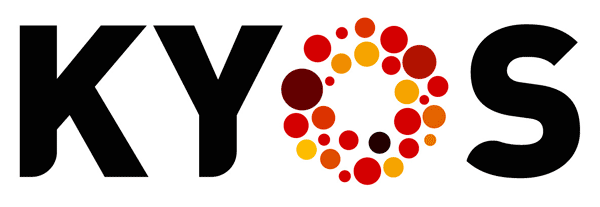White paper: Guidelines for valuation of real options in energy markets
White paper
KYOS white paper on valuation of real options.
Guidelines for valuation of real options in energy markets
 Energy markets contain a multitude of assets and contracts that offer the owner flexibility. Examples are transportation, gas storage, power production, gas production, heat storage and a range of flexibilities in contracts. Thanks to their flexibility, these assets can be seen as real (non-financial) options. Companies can be more competitive if they know how to accurately value and manage their real options. They make better investment and trading decisions, capture more cash-flows from the available assets, and know better how to hedge the risks in the market. In order to achieve these goals, a range of methodologies is available.
Energy markets contain a multitude of assets and contracts that offer the owner flexibility. Examples are transportation, gas storage, power production, gas production, heat storage and a range of flexibilities in contracts. Thanks to their flexibility, these assets can be seen as real (non-financial) options. Companies can be more competitive if they know how to accurately value and manage their real options. They make better investment and trading decisions, capture more cash-flows from the available assets, and know better how to hedge the risks in the market. In order to achieve these goals, a range of methodologies is available.
Requirements for valuation of real options
In order to value assets and contracts in energy markets, the following three building blocks are of importance:
- Forward curves. These should be as much as possible based on market prices. However, beyond the tradable horizon and in order to arrive at the required granularity (e.g. hourly for power) it is necessary to apply a process of forward curve building.
- Price dynamics. There are a couple of ways to introduce price dynamics. In energy markets there is generally the choice between (a) closed form formulas that require e.g. volatility as input, (b) approaches that model the price development as a tree, (c) Monte Carlo simulations. Monte Carlo simulations are the most flexible and general approach; the simulations can be based on any formulation of the price process, with multiple commodities and a complete specification of the whole forward curve (with spot, months-ahead, quarters-ahead, etc). The other two approaches are only possible with relatively simple formulations of price developments and generally assume there is only 1 relevant price.
- Optimization. To capture the full value of an asset in the market, a trader or dispatcher will choose the best moments to operate. He will do so based on the latest information of spot and forward prices. Optimization software can provide support in making these decisions. Optimization software helps to find the optimal decisions not only today, but also for different sets of possible future prices. This then leads to potential future cash-flows, the average of which (after discounting, and possibly after considering hedging) constitutes the fair value of the asset. Each of the above three components is important. Small shifts in forward curves can cause large changes in value, extreme price scenarios or spread scenarios easily lead to an overvaluation of flexibility, and suboptimal operational decisions lead to a loss of value.
This document describes the main methodologies and provides tests for their quality, particularly focusing on power plants.
Download the white paper
Click here to download the white paper. For more information on real option valuation guidelines, please contact us.
